- Home >>
- Wildlife in Iceland
Wildlife in Iceland
They call Iceland the nature lovers dream. No where else in the world has this level of stark, raw beauty, retaining the air of an untouched and natural land. The national parks are unique, the waterfalls are powerful and the black sand beaches are eerily dark. But what wildlife can survive this kind of climate? For a long time this island was home to a single species of land mammal. Now, Iceland has some of the cutest, most interesting and most social animals on the planet. Not to mention there are dozens of bird species which flock here to nest, and over 300 species of fish. The unique wildlife here is one of the most significant reasons for the increase in Iceland holidays. Contrary to popular belief, polar bears do not live in Iceland, but they will sometimes visit from Greenland, floating over on icebergs.
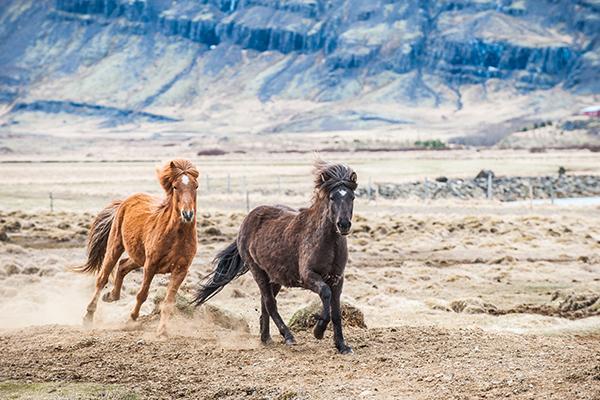
1. Icelandic horses
One of the most iconic animals of Iceland is the Iclandic horse. They are much smaller and muscular than other breeds, rarely reaching 150 cm in height. Icelandic horses are also much more friendly, curious and sociable and will always come to greet humans if nearby. Once brought to the island for transport and battles, they are now an essential part of the Icelandic culture and fundamental to the success of the islands farming. They even have a special walk (a tölt) which no other horses in the world do.
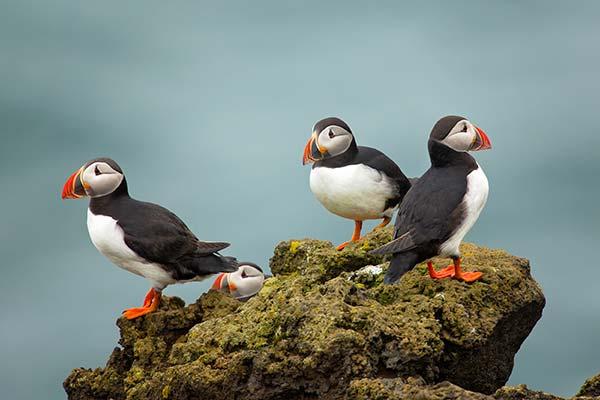
2. Puffins
Spotting a puffin anywhere in the world is seen as a rarity, that is apart from Iceland. These adorable birds flock to the island in their thousands in April and May to signify the beginning of summer, and remain until August. With their clumsy waddle, unique expressions and colourful appearance, they are a big draw for wildlife buffs on a trip to Iceland. Puffin are abundant almost everywhere, however there are a few key spots they nest. On the islands of Lundy and Akurey - which can easily be reached with a boat tour, or on the Látrabjarg Cliffs on the mainland which you can climb up to. Puffins are Iceland’s most precious animal, but of course, they do still feature on menus...
3. Whales
The water surrounding the island is perfect for whale watching. The sea is clear, teeming with over 300 species of fish and is very close to whale migratory lanes. This is one of the best places in the world for whale watching, especially in the summer. Tours depart from Reykjavik all year round, however Husavik is often the preferred place due to their incredibly high success rates. There are 20 species of whale and dolphin in the area with the humpback being the most acrobatic! You can also spot minke, fin, sperm, sei and even blue whales if you’re really lucky. Iceland also has a huge orca migration during winter - but these are actually dolphins!
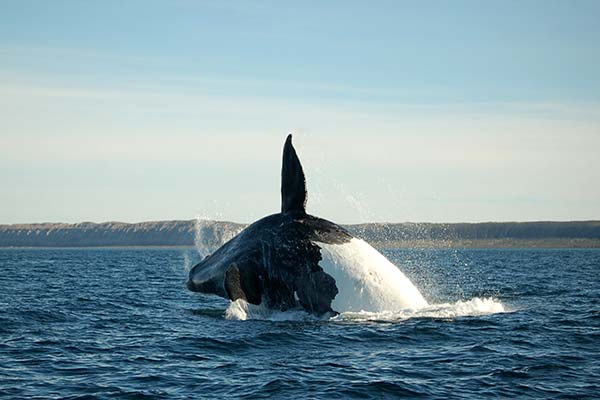
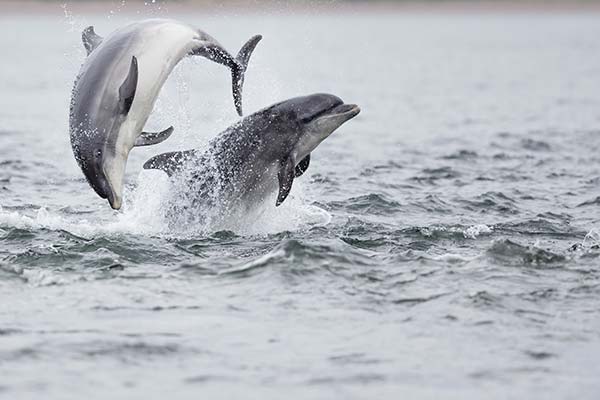
4. Dolphins
The white-beaked dolphin is the most prevalent breed found in Iceland with around 30,000 inhabiting the coast. You will usually spot schools of dolphins on a whale watching tour hunting for gadoid fish. Other dolphin species that can be seen are long-finned pilot whales, orcas, Atlantic white-sided dolphins, bottlenose dolphins, common dolphins and the striped dolphins. Unlike a lot of other marine and birdlife in Iceland, dolphins have never been actively pursued by hunters..
Travel Tip
One of the best things about a trip to Iceland is the countryside. If you only stay in cities, you’ll miss out on what makes it so unique.
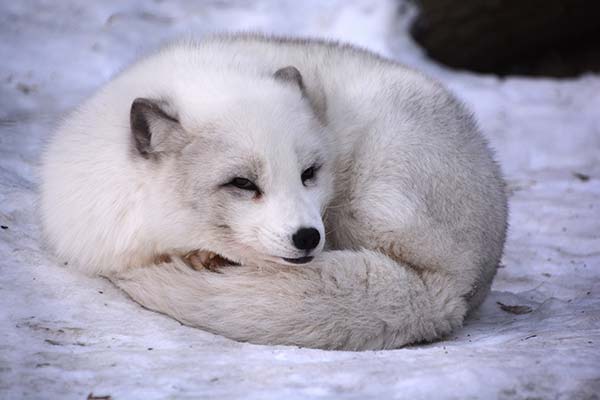
5. Arctic foxes
These fluffy foxes are the only native animal in Iceland. During the Ice Age, they walked across the frozen sea to the island, but when the sea thawed, they were stranded. They were the only land mammal here until the arrival of humans who brought other mammals with them. However due to the isolation of the island, most of the breeds have remained unchanged. Arctic foxes come in two colours - white (which are white during the winter and brown in the summer) and dark brown (which become a little lighter during summer, but remain brown). The best place to spot them is in the Westfjords, especially in the Hornstrandir Reserve where they have no fear of humans.
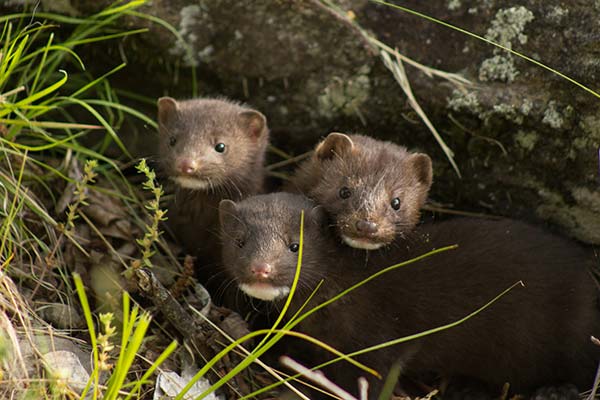
6. Mink
Mink are a relatively new species to Iceland, brought over in the 20th century to be used in fur farms. However they escaped, bred, and now have a significant wild population in the country. Their habitats are usually concentrated around the shore or by freshwater lakes due to fish being their main source of food. You can often spot them fishing around the water's edge in Reykjavik or along the coastal cliffs, searching for birds-eggs. Unlike the arctic foxes, mink are highly hunted in a bid to keep their population down.
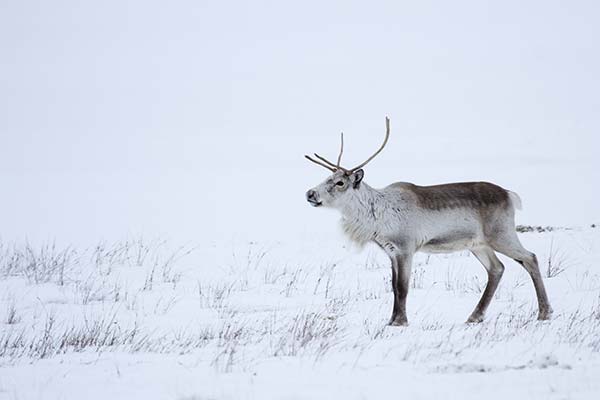
7. Reindeer
In the 18th century, reindeer were brought over to Iceland with the idea of using them for agricultural means. Unfortunately, they had to do this a few times as the animals weren’t surviving the harsh conditions and limited food supplies. After trying various parts of Iceland, reindeer finally settled in Vopnafjörður fjord in the east. They tend to stay on high ground during summer and move to lower ground in winter. There are now around 5000, which remain around Snæfell but are found from Vopnafjörður all the way to the Glacier Lagoon.
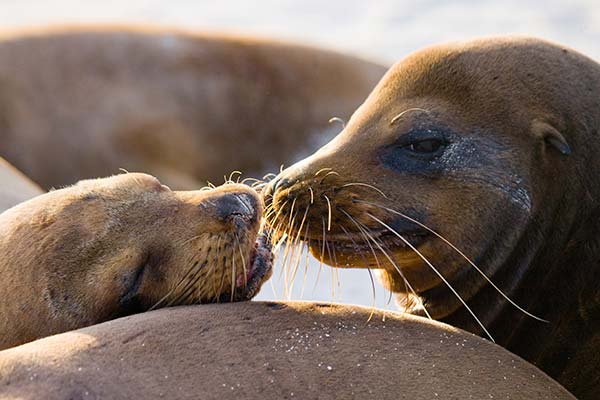
8. Seals
Iceland is a great place to spot seals. Wherever there is a coastline, seals won’t be too far away! There are two main species commonly found on Iceland’s coast - the ‘grey seal’ and the ‘harbour seal’. Other species do occasionally visit, so you could spot hard, bearded, hooded and ringed seals. And it’s rare, but you can occasionally see walrus. The best places to spot them is in the Westfjords, Snæfell peninsula, the Vatnsnes Peninsula or the Jökulsárlón glacier lagoon.
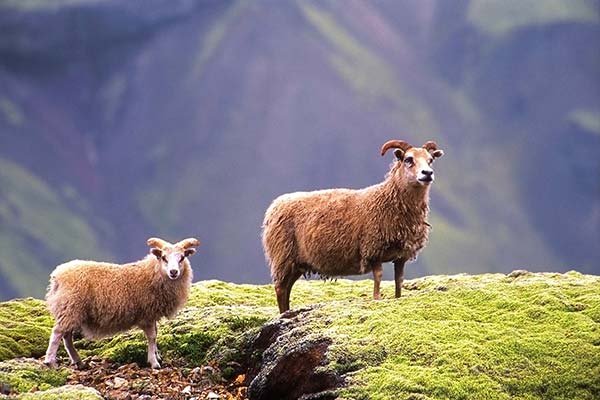
9. Icelandic sheep
Not seen as a very ‘exotic’ animal, but the Icelandic sheep definitely deserve a mention. They were the very things which kept Icelanders alive on more than one occasion throughout history. Their wool was the only thing which enabled humans to survive the harsh conditions, and the meat was the only source of food for a long time. The population of sheep in Iceland is now double that of humans and the meat is featured in almost every single traditional Icelandic dish.
Featured Tours



